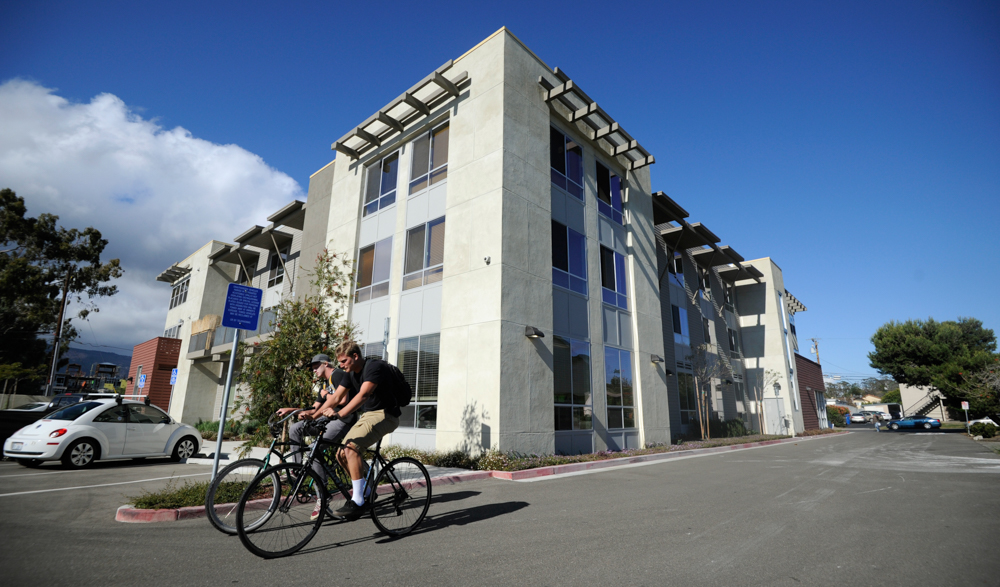Santa Barbara County Seeks Community Input on Homelessness
County Holding Forums to Discuss Problem and Solutions

“It’s an exciting time,” said Kim Albers, a sentiment not often heard in connection with homeless housing. What excites Albers is that she’s in the right place at the right time — the state will be unleashing $1 billion in 2020 to tackle homelessness, and Santa Barbara County is in Phase 2 of its Community Action Plan to Address Homelessness. Albers is guiding the latter as the county’s Homeless Assistance Program manager and launching Phase 2 with three meetings next week in Santa Maria, Santa Barbara, and Lompoc to get community feedback and dispense information.
Albers, whose ebullience is only matched by her depth of knowledge of the issue, embarked on Phase 1 fully aware of how underfunded the options were. The first phase gave a snapshot of the variety of people who make up the homeless population — from the thin, older woman sleeping under thick juniper bushes to the neatly pressed young man working three jobs and living in his Chevy Astro. It gave an idea of what services individuals might need — and the resources currently deployed around the county, said Albers. It also displayed what was lacking — namely housing.
“What we learned in Phase 1 was what works,” said Albers’s cohort Dinah Lockhart, deputy director of the county’s Housing and Community Division. “What works is permanent housing for higher-needs homeless neighbors.” The permanent supportive housing built by Santa Barbara county and city’s respective Housing Authorities — Pescadero Lofts in Isla Vista and Artisan Court in Santa Barbara, for example — have “graduated” their tenants in three to five years. Over time, said Albers, nearly all tenants stuck with the program of social and mental support; 60 percent increased their income and their ability to take care of themselves.
There is no mandate to build in any particular area, Lockhart said of the Phase 2 homelessness meetings, but they’re an important forum for the county and for residents — a chance to hear about the problem and talk about the solutions. For Lockhart, people living in their cars were a worrisome emblem of a client who recently lost their housing. Thousands of people attended last weekend’s Housing Day, she said, and many were concerned that rents were too high. They were working people and seniors who couldn’t make their rental payments, she said, and who knew they were too close to losing their housing if a big medical bill or job loss happened to them.
Something like 3,000 people were homeless at some time in the county, Albers said, based on homeless services given in 2018. This past January, 1,803 people were counted in the county’s Point-in-Time survey of people in shelters, under highway overpasses, and sleeping in their cars. The upcoming community meetings are part of the regional planning effort to help more homeless people into housing with full community support, said Albers, and ahead of a February deadline on $650 million in grants from Assembly Bill 101. Those meetings take place at:
- Santa Maria — Public Library, 421 S. McClelland St.
Mon., Oct. 28, 11:30am-1:30pm
- Santa Barbara — Unitarian Society, 1535 Santa Barbara St.
Tue., Oct. 29, 11:30am-1:30pm
- Lompoc — Dick DeWees Community/Senior Ctr., 1120 W. Ocean Ave.
Wed., Oct. 30, 6-8pm



